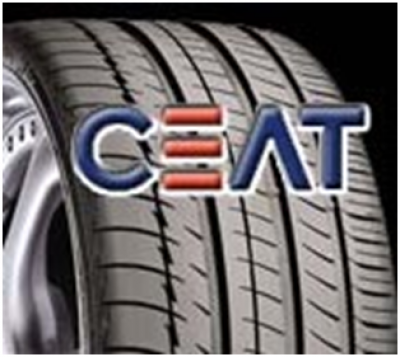Case Study - Ceat

Developing Human standards for India’s fourth largest tyre manufacturer to facilitate better control on man power allocation and productive use of human resource.
Project Goal and Challenges:
In Indian tyre industry, stagnant market share of global bigwigswith low prices (5-10 % in FY 2010-11), cyclical nature of the industry due to high rubber prices and dependence on auto industry and intense competition from domestic players has forced the companies to immediately act on improving productivity.
As the company is old and plant machinery is older, company’s maintenance department plays a significant role in achieving its goal of uninterrupted functioning and target production of 110 tonnes per day. With the permanent employees growing older with the company and many already retired, company is experiencing scanty of manpower but the present financial statements does not allow it to recruit a pool of manpower.
To understand the actual stats and bring fruitful suggestions Vrunda Consultancy Services (VCS) was given the task of developing human standards for maintenance department and company’s Nashik plant was first chosen to interrogate, identify and resolve the matrix of manpower mismanagement and subsequent unproductive results of maintenance department.The challenge ahead of VCS was to understand the requirements of maintenance activities at different work stations, find out the activities and functioning involved in maintenance, sort out the skills required in various activities of maintenance, frequency and occurrence of various breakdowns at different machines and attitude of workers towards improvement.
VCS played an important role in developing human standards keeping the quality standards and availability of machines at par with the defined level of performance, while successfully creating awareness among workers union about the proposed methods and allocation of manpower and providing a clear picture of current manpower deployment as against the required one at various work stations.
News Room
- Seminar ... Read details
- Feedback - Bilt Biochemicals Ltd (A Unit of Thapar Group) ... Read details
- Results achieved at Relaxo Footwear Ltd, Shared with us ... Read details






